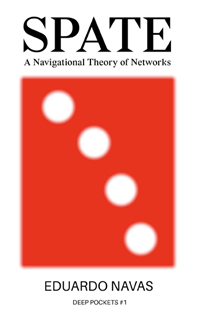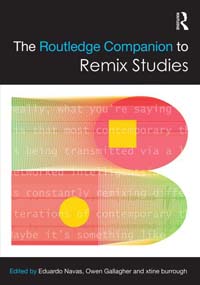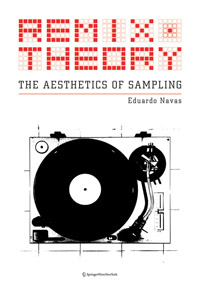Norient Interview: Sampling Stories Vol. 15: Eduardo Navas
The following is a transcript of an interview which took place in Bern, Switzerland on November 11, 2017. I want to thank for their interest in asking me questions about remix.What follows is an excerpt. The complete interview can be accessed on Norient’s website
Key sentence 1/8 on Cultural Production from the Regenerative Culture Series by Eduardo Navas, 2016:
Cultural production has entered a stage in which archived digital material can potentially be used at will.
[Hannes Liechti]: Eduardo, just to start with: what is a remix?
[Eduardo Navas]: Remixes are specific forms of expression using pre-existing sources (sound, image, text) to develop work that may be considered derivative while also gaining autonomy.
[HL]: That means that remix is much more than the well known musical remix?
[EN]: The musical remix is a very direct and concrete form of the remix. Actually, it is the initial definition of the remix. But principles of remix had been at play in culture long before the musical remix and practices of sampling occured. As computers were introduced to the home, these principles became part of the vernacular of everyone’s lives.
[HL]: What’s the importance of sampling for culture?
[EN]: Sampling makes transparent what had been going on for many many decades, if not hundreds of years in terms of communication: we take ideas, even phrases and reposition and repurpose them in new forms. With sampling we had the ability to take an actual thing and reproduce it just as it was produced before. Sampling made evident that remixing is actually a thing we constantly do. In a way, sampling is a node of the world that allows us to keep track of creativity in ways that were not possible before.
[HL]: But what’s the difference between sampling and remixing then?
[EN]: Sampling makes a remix more efficient but it doesn’t lead necessarily to remixing. Sampling is more or less open-ended: we can use it for different things. Some art work could be developed based on samples but maybe it’s not necessarily a straightforward remix, although you would have those same principles at play once we start to realize how remixing works.









